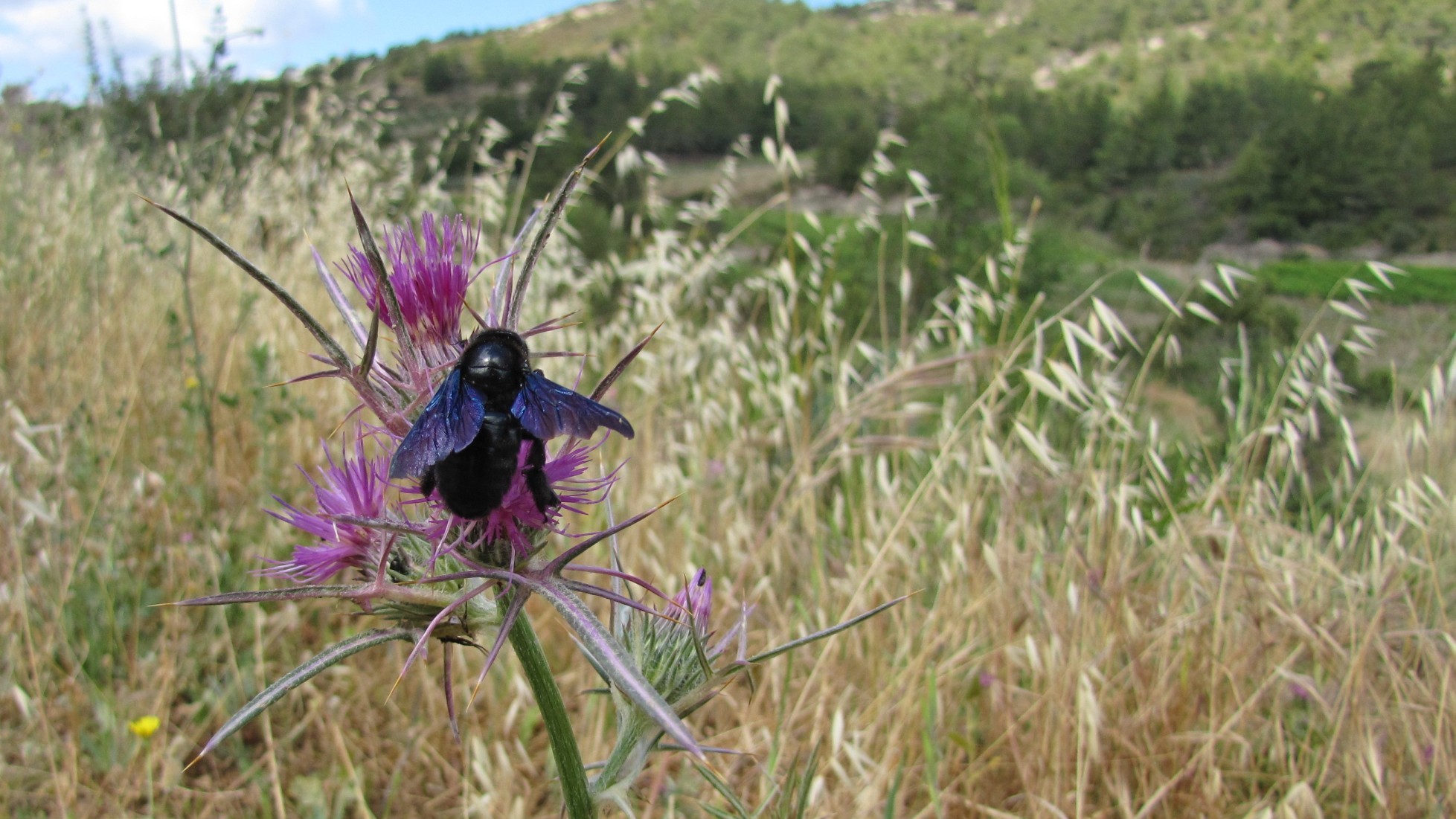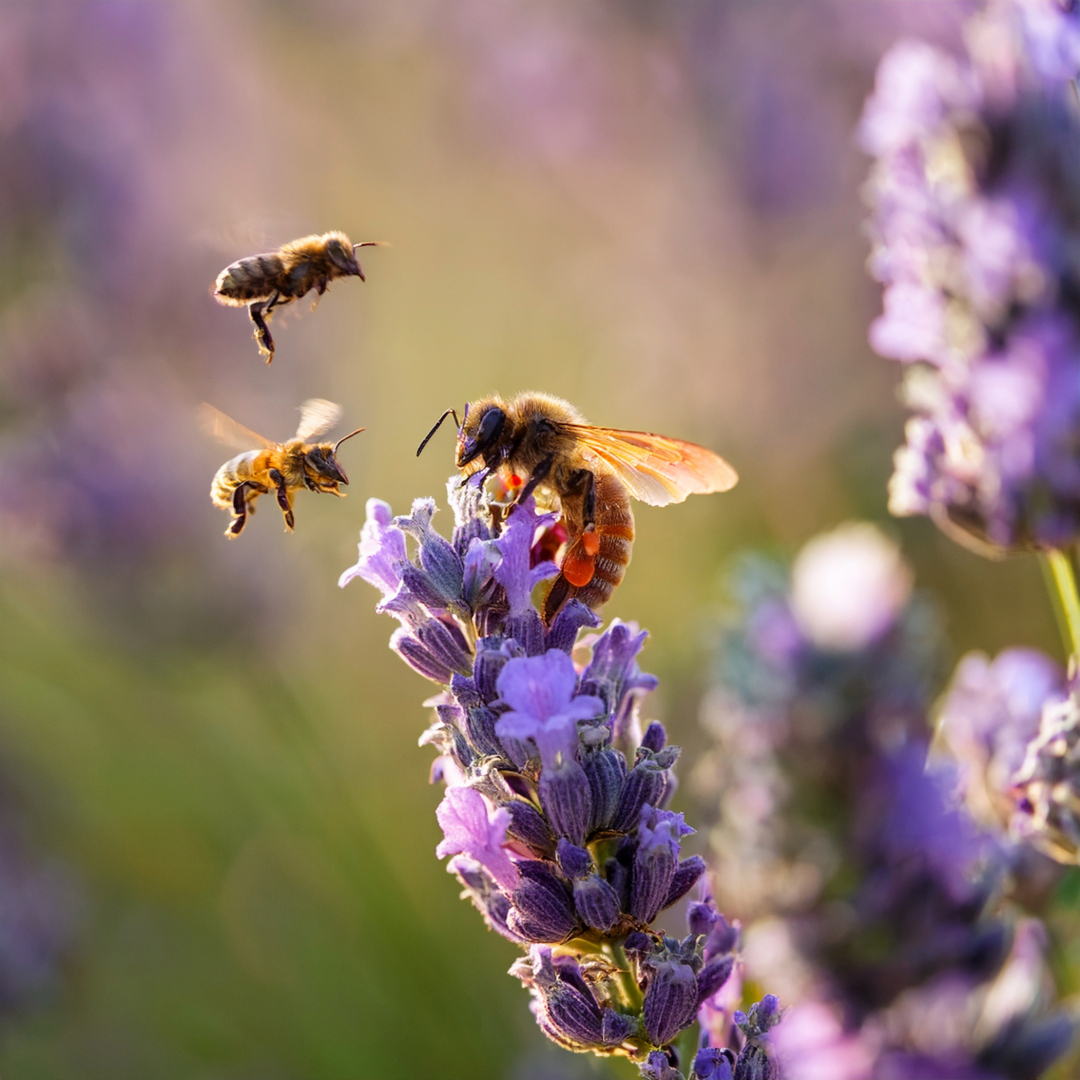
April’s gardens hum with secrets – where velvet bumblebees card moss into nests, cobalt carpenters drill through old wood, and cuckoo bees execute perfect floral heists. Did you know some solitary bees stash eggs in abandoned snail shells? Or that sweat bees run cooperative burrows with rotating door guards?
Spot the tawny mining bee’s fiery glow on Mitcham Common, or witness leaf-cutters rolling stolen rose petals into underground nurseries. But beware the nomad bees – sleek parasites that infiltrate hives like winged wolves in sheep’s clothing.
Return on 30 April to navigate London’s buzzing social network – where every flower visit could mean life or death for these fuzzy pollinators.
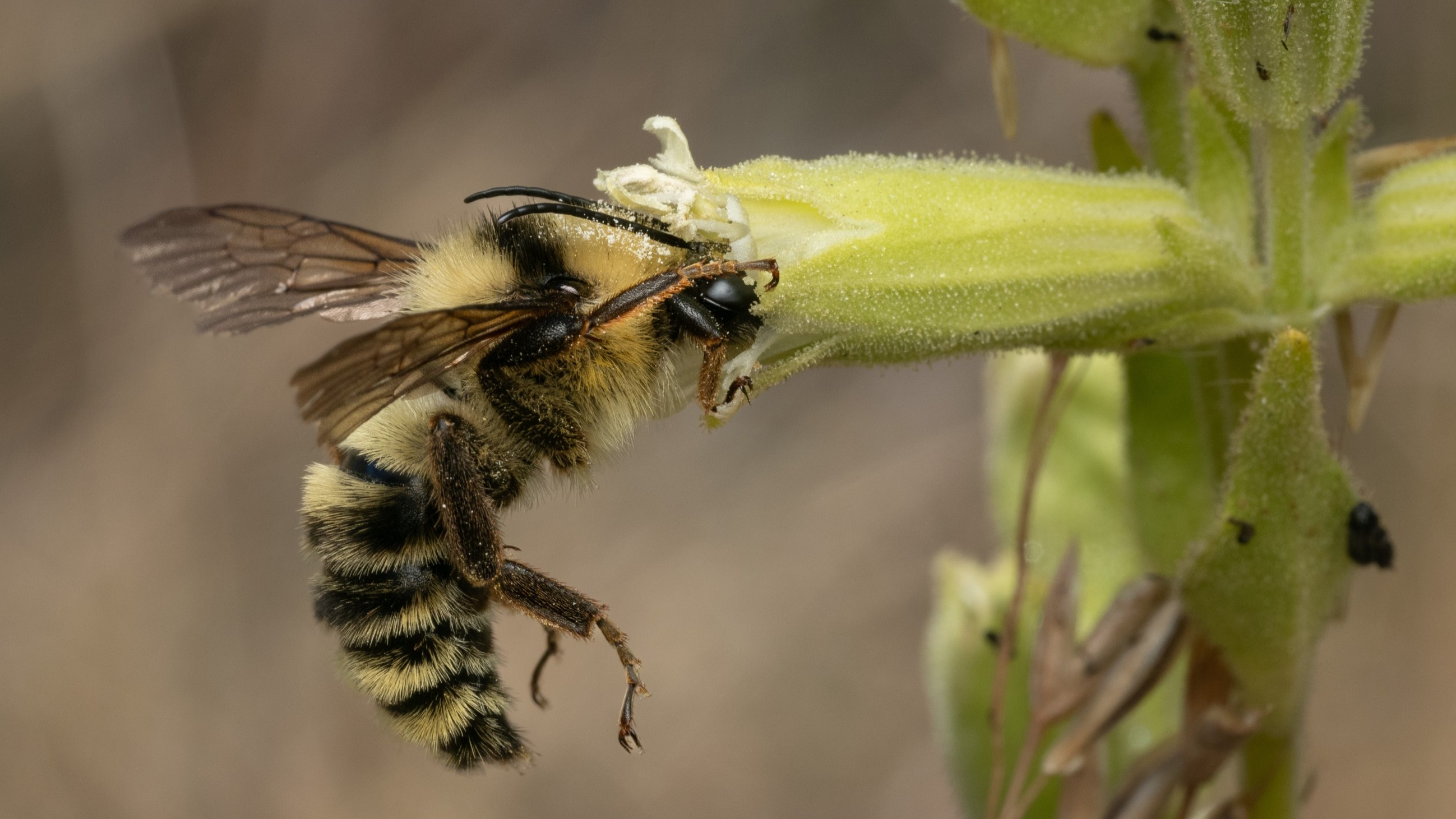

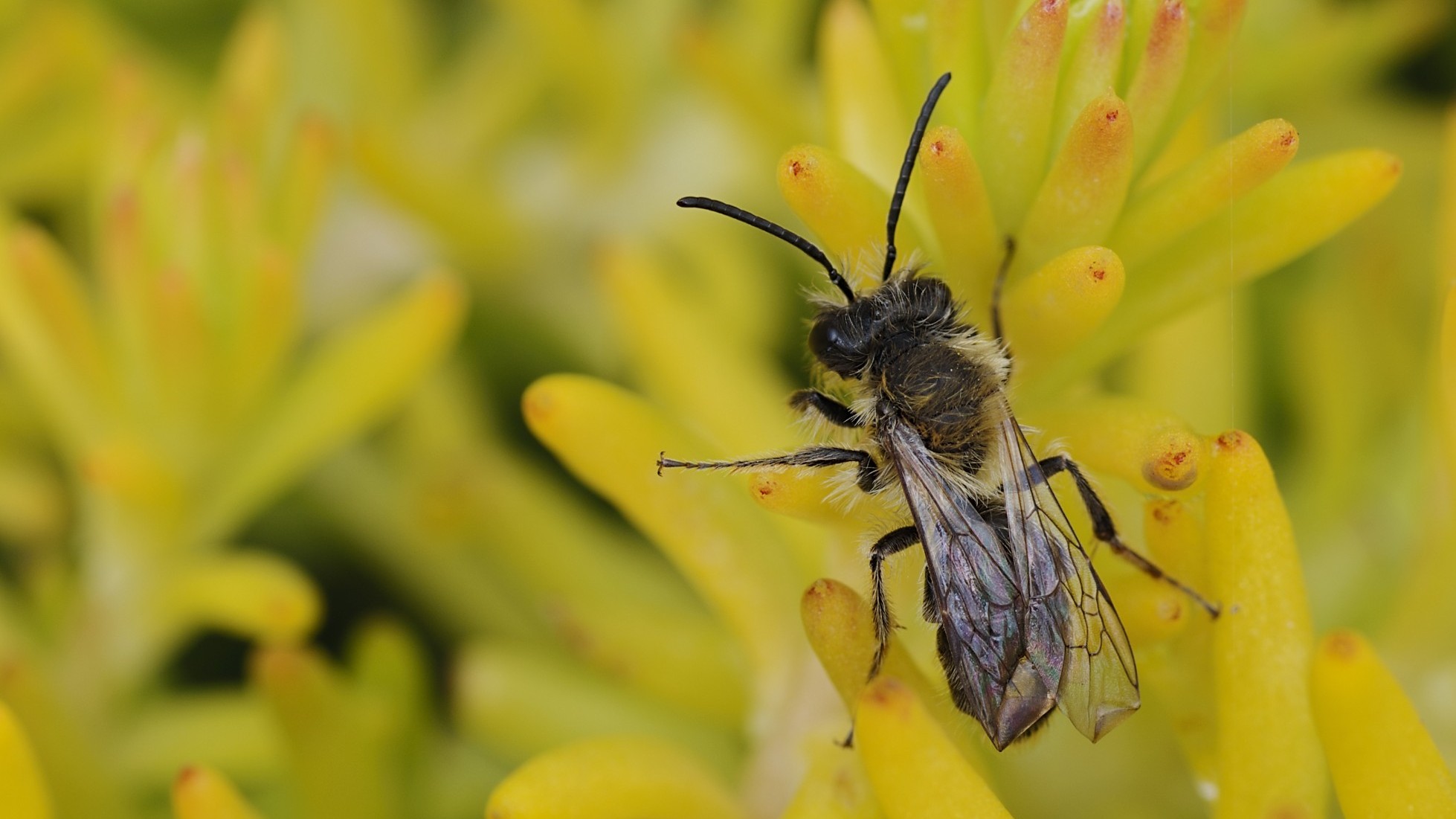

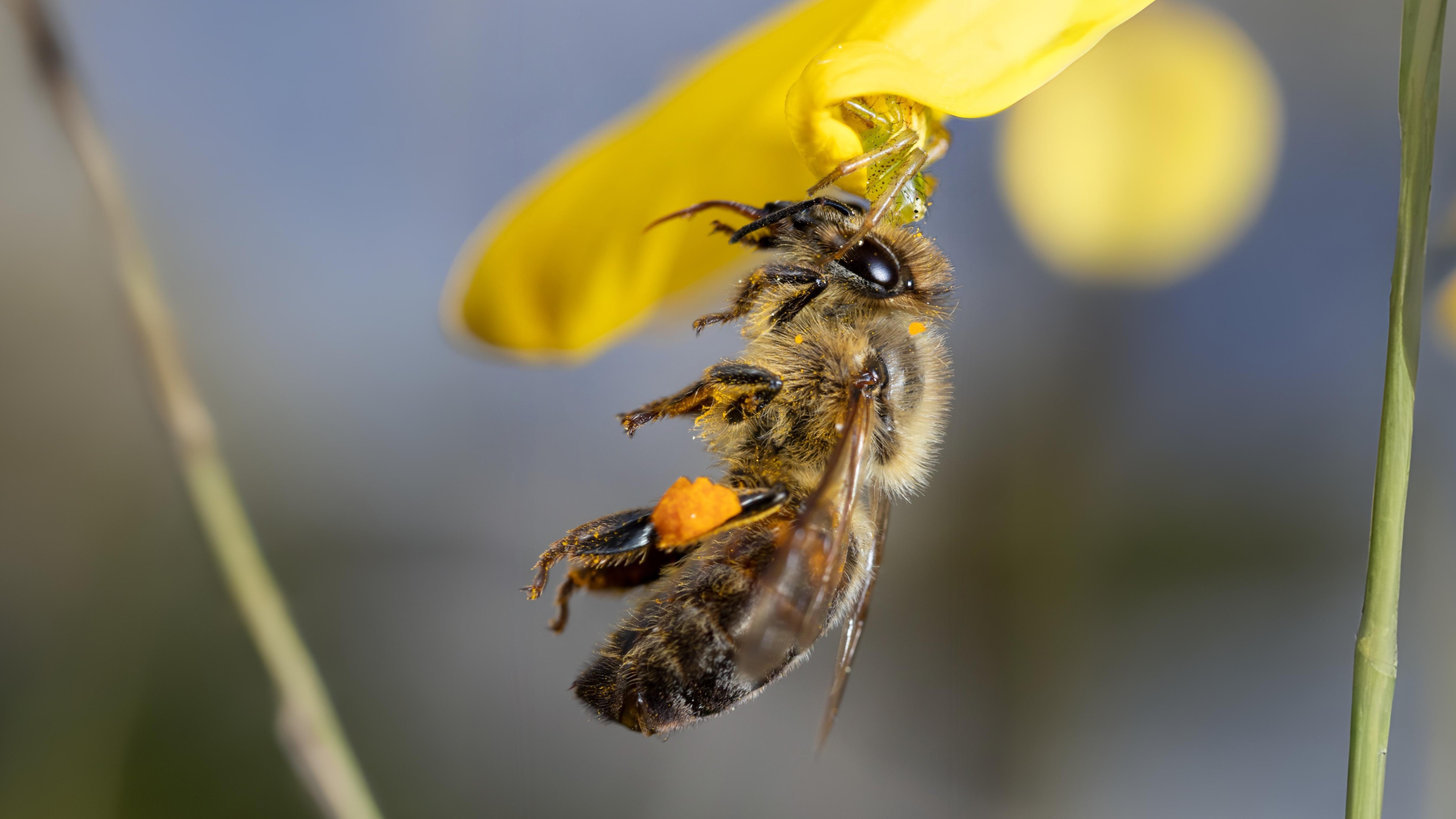

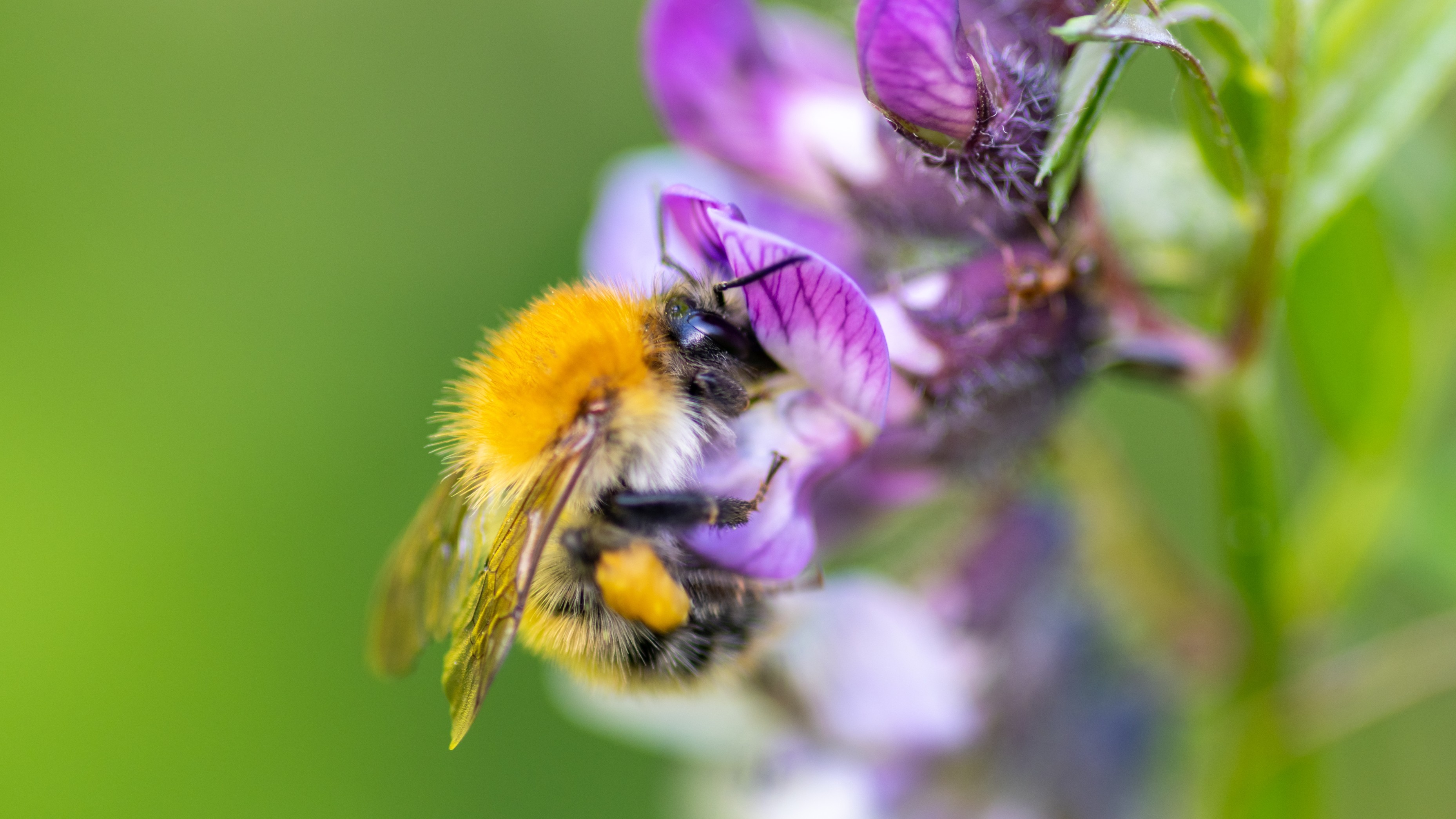

There are over two hundred different solitary bees in Britain and although many are declining a good proportion of them have been recorded on Mitcham Common. They generally lay there eggs singly on a reserve of pollen and honey that they have collected and then deposited down some kind of burrow. They then just leave their offspring to develop. They repeat this process perhaps in the same burrow or several different places and after doing so quite often die.
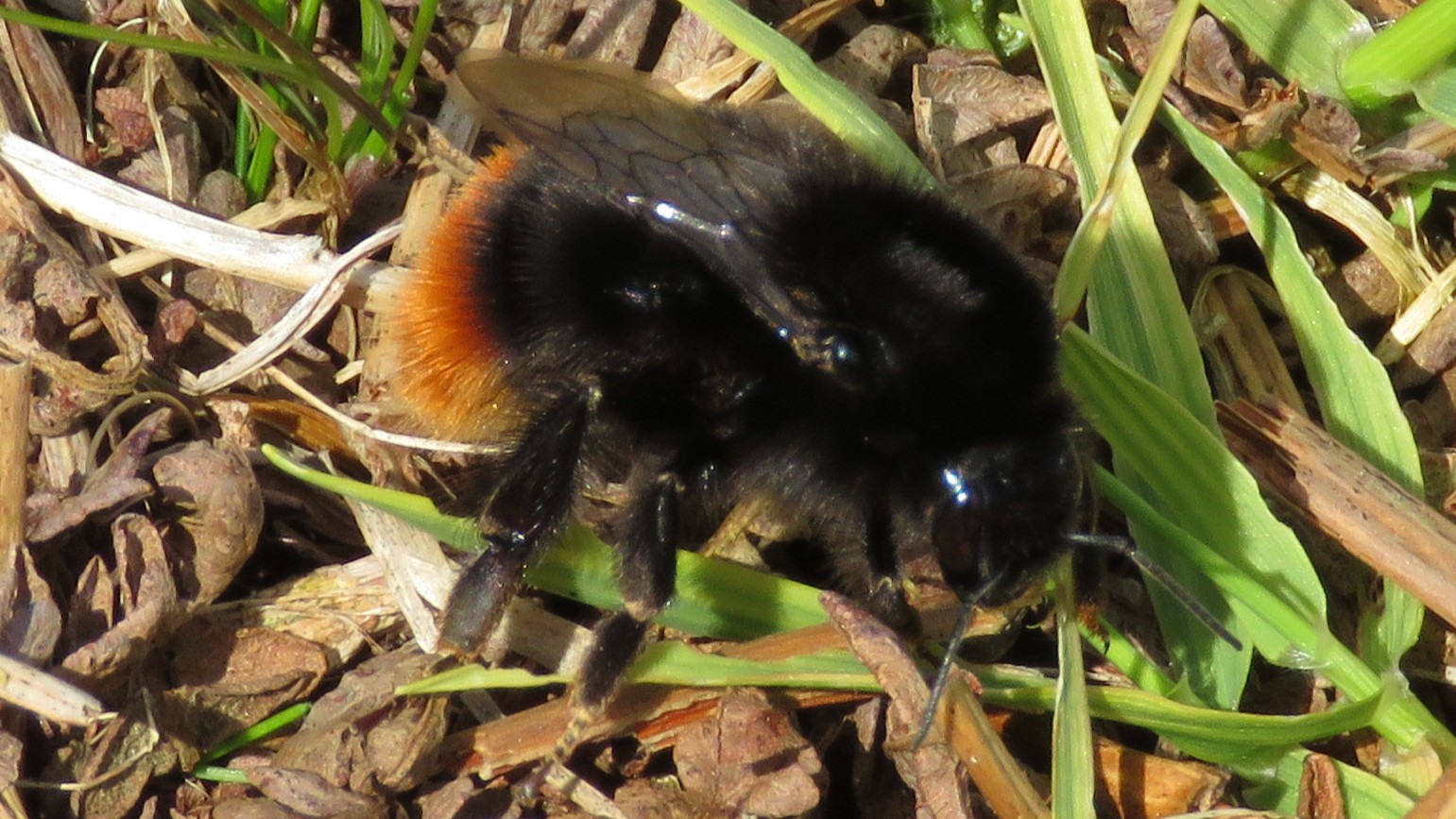

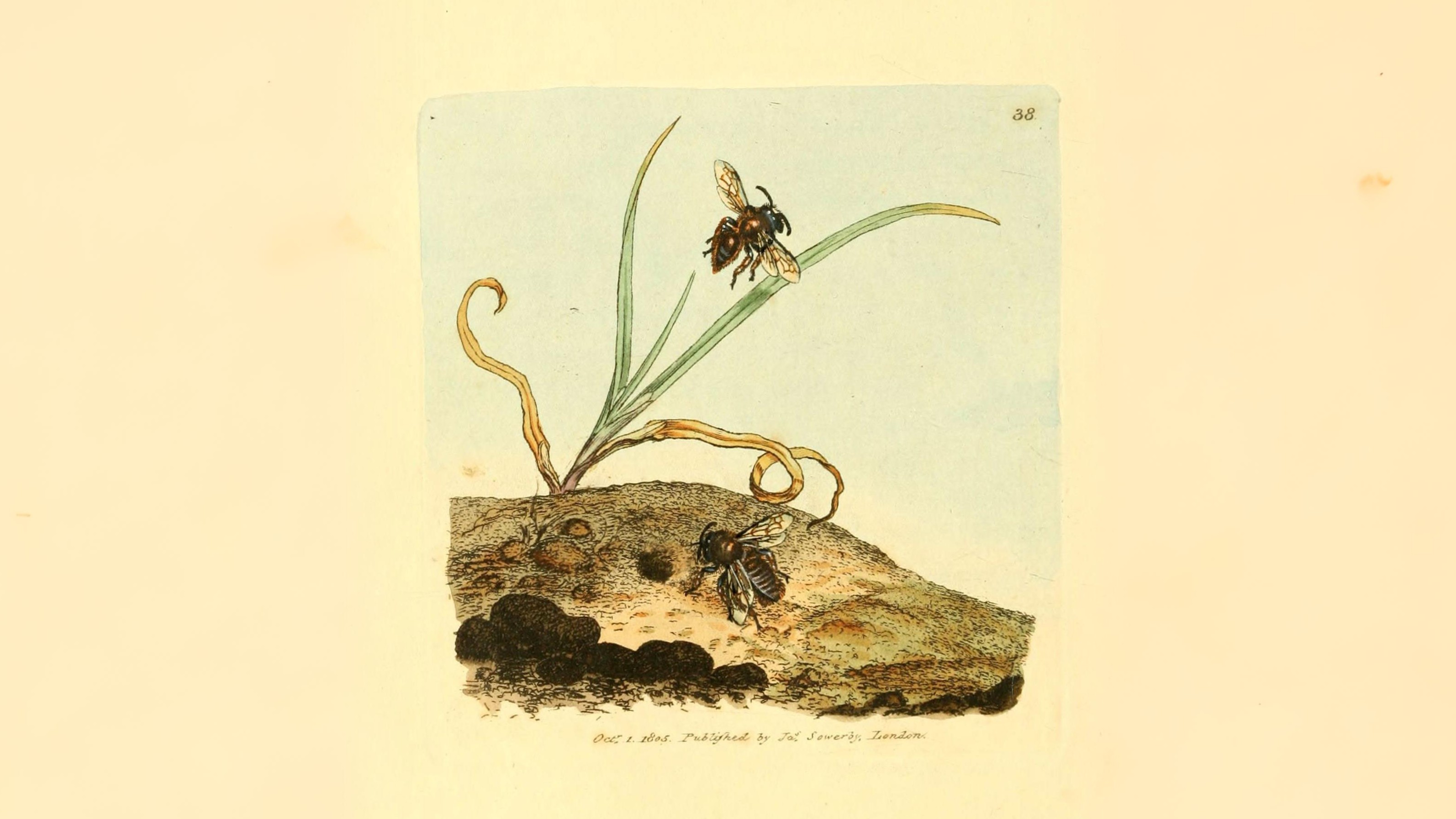

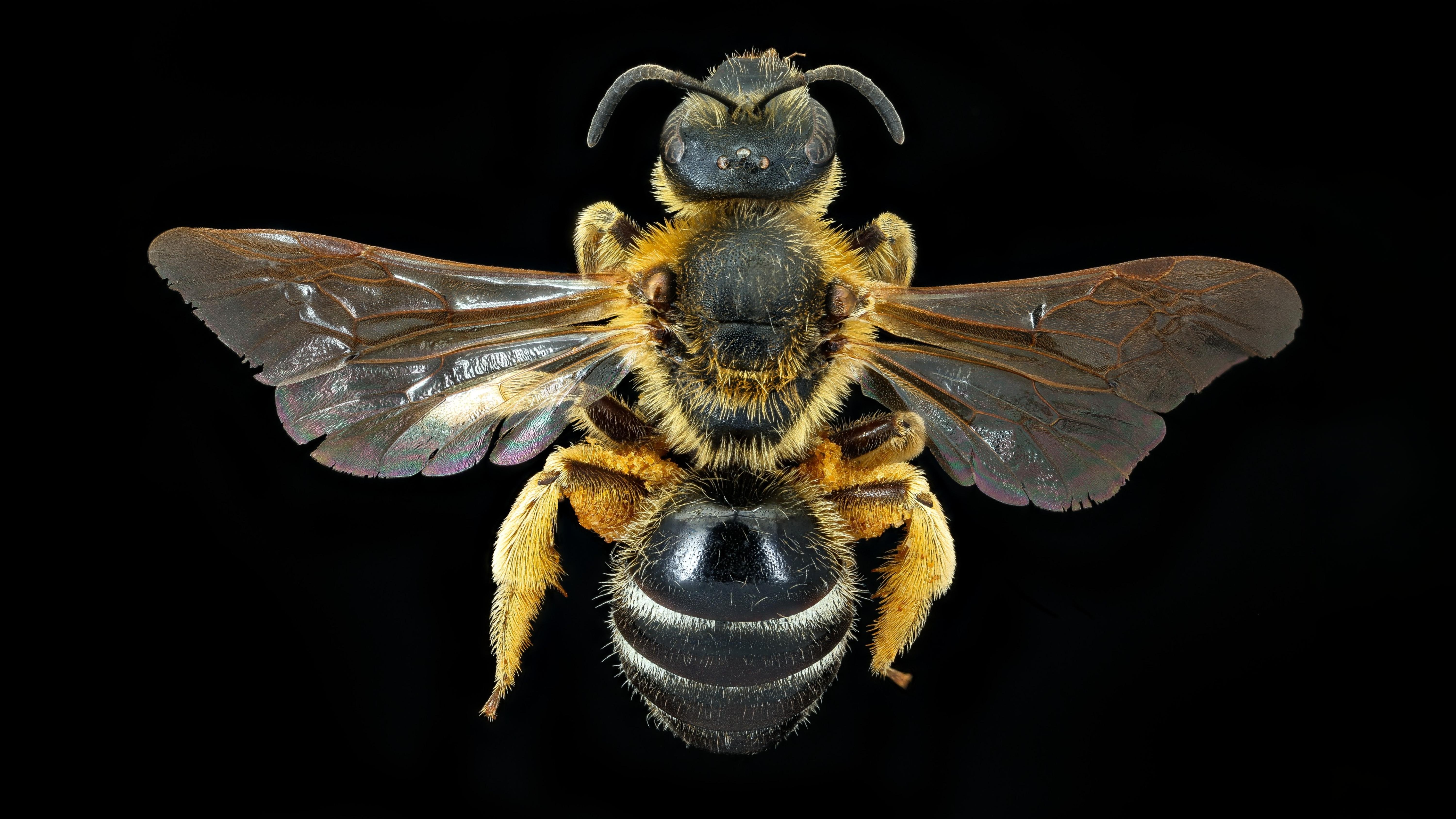

Mason bees (Osmia spp.) also nest in holes in walls as you might expect. Osmia rufa is a ginger-red rather solid-looking bee but others have metallic colours and smoky wings.
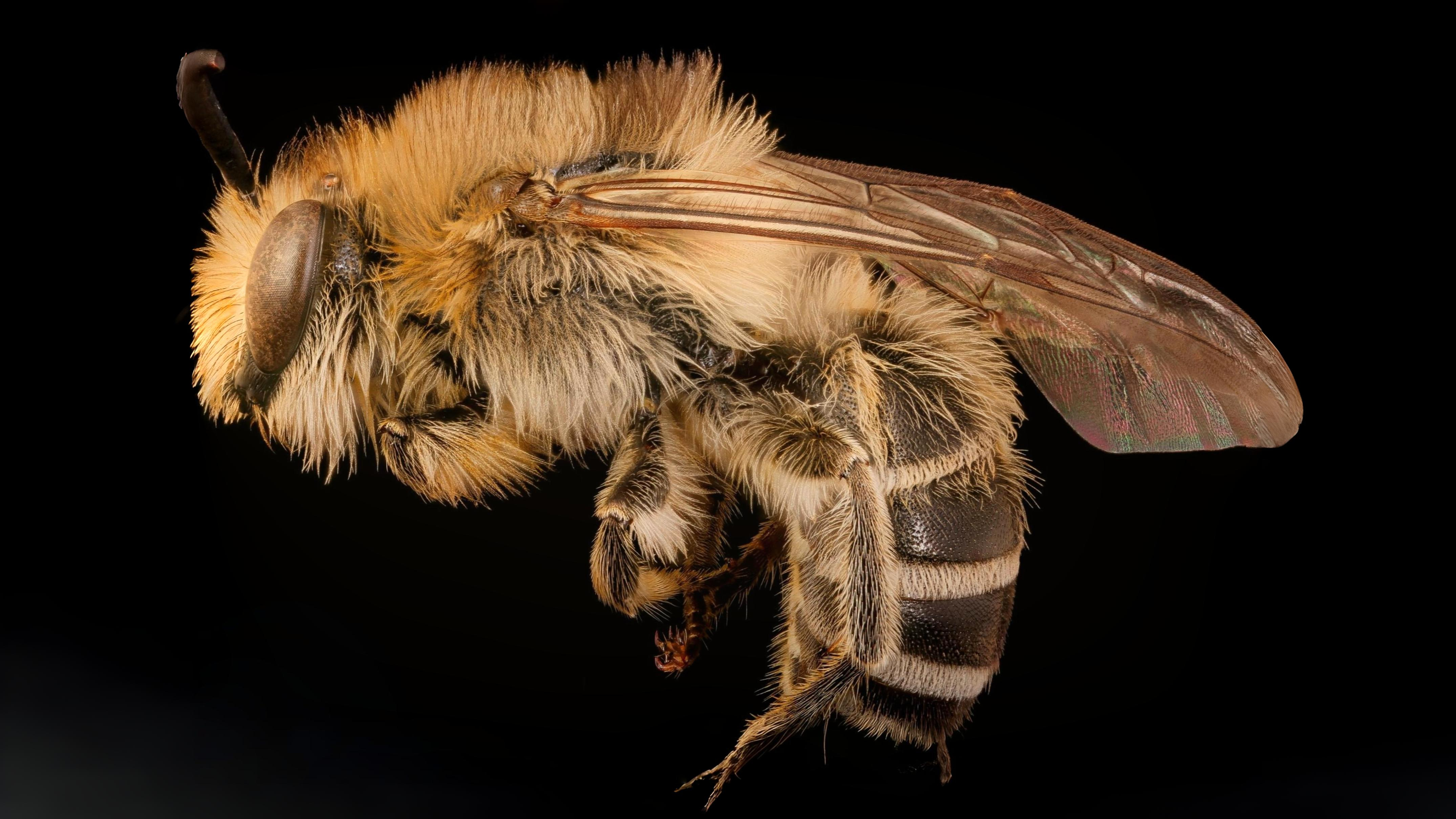

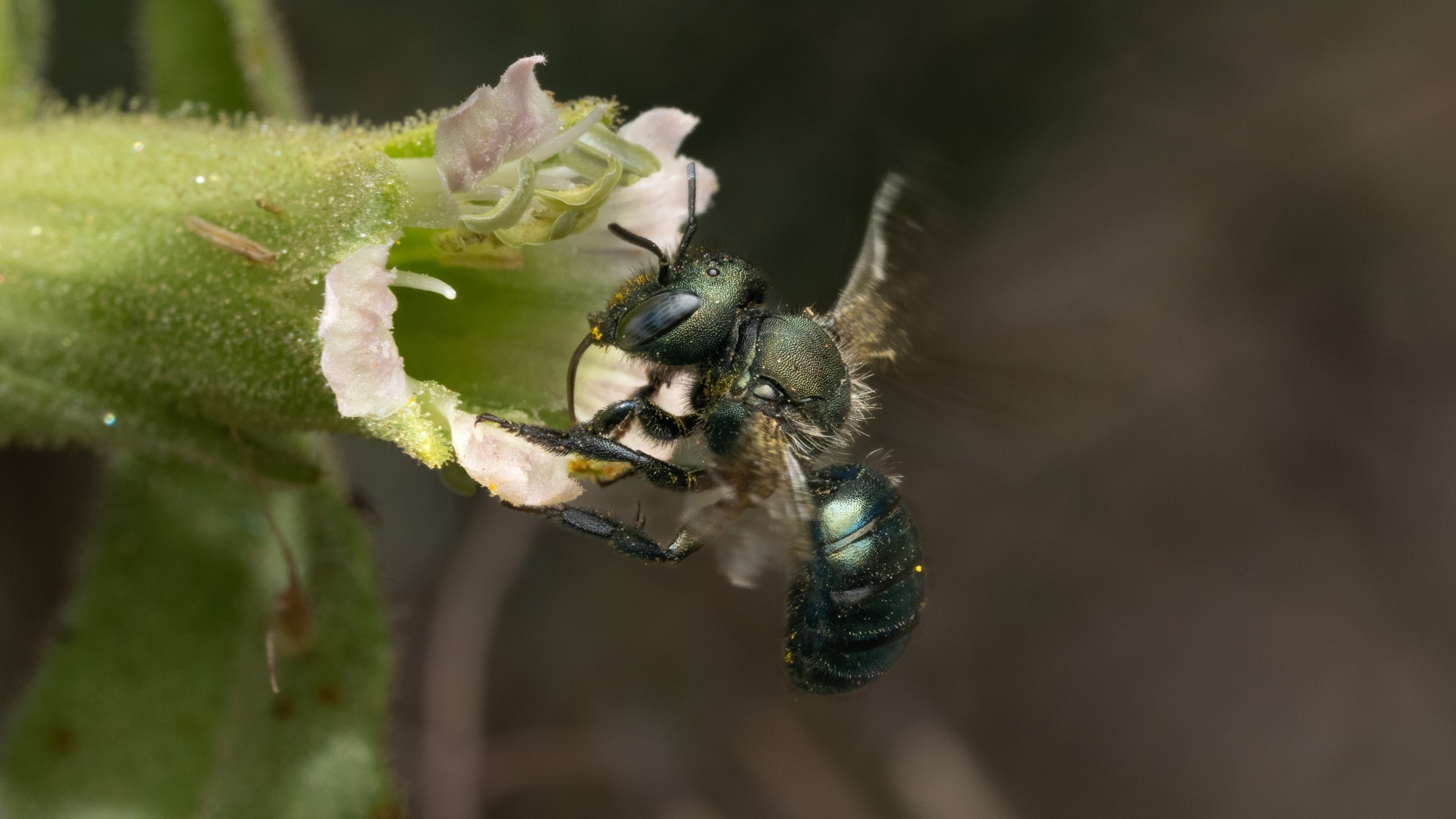

Bees that burrow into old or dead wood were all generally in the past referred to as Carpenter bees. Some pick the old, unused burrows of other creatures and others prefer to excavate their own.
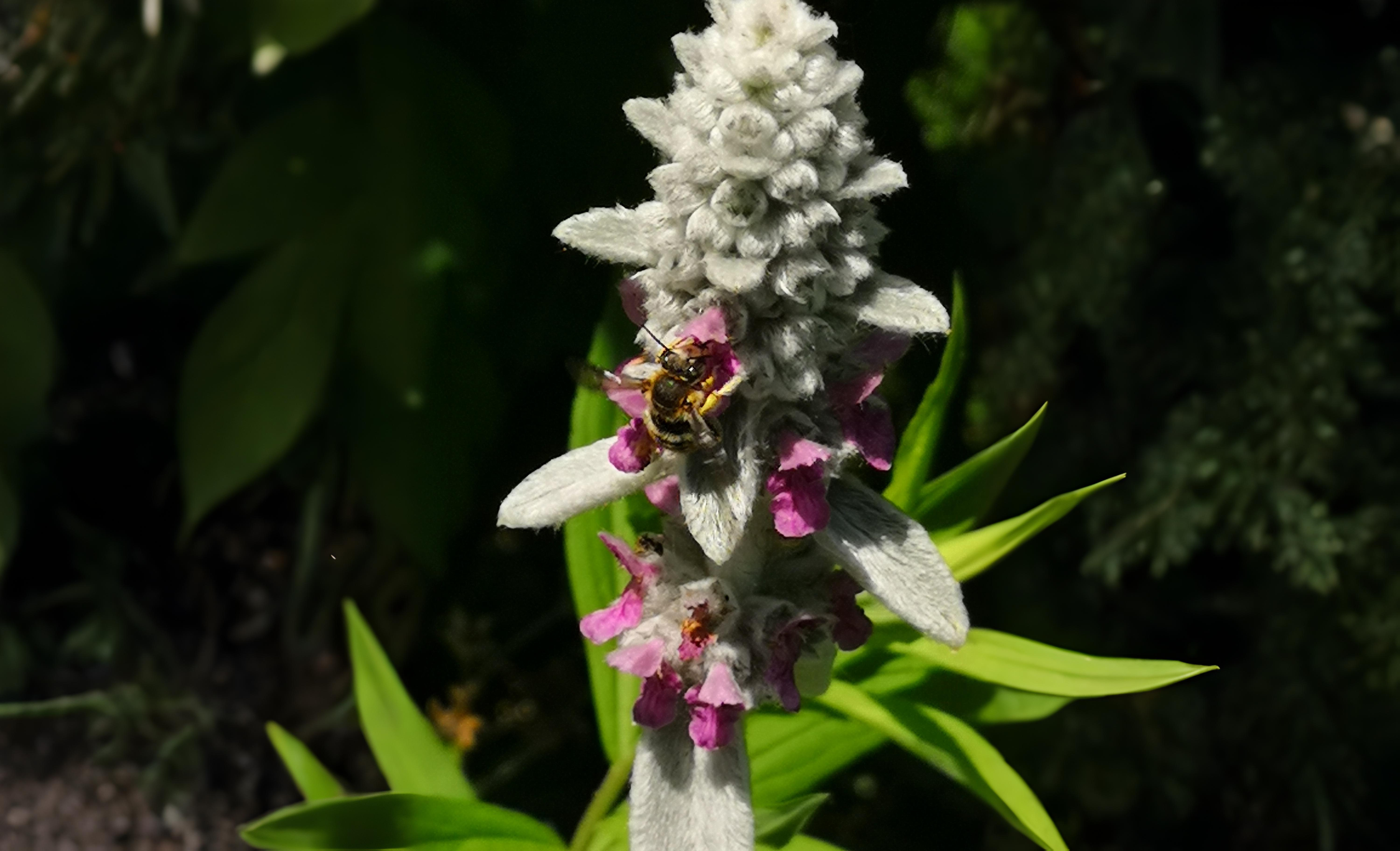

Finally, as if identifying different bees in the field wasn’t difficult enough, there are the Cuckoo or Homeless bees. These are parasitic and like a cuckoo lay their eggs in the nests of other bees. Here they hatch and not only eat the foodstore but occasionally the occupants and even kill the queen. The difficulty in identifying them is that they often visually mimic their hosts although you sometimes do see them near bee nests acting furtively waiting for a chance to nip in and lay an egg. As a general rule they are often darker, less hairy and more shiny than their hosts, although some are very wasp-like e.g. Nomada spp. All of them possess no pollen baskets, obviously having no need for them.
